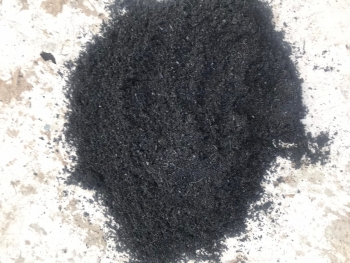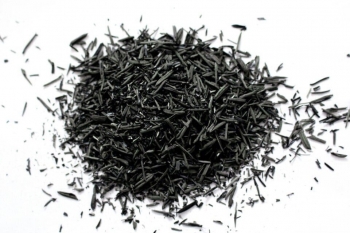Rice Husk Vietnam – Premium Rice Hulls for Agriculture, Fuel & Industry
VinaTap Rice Husk is a clean, dried and uniform rice hull product sourced from Vietnam’s rice-growing regions. With high silica content and excellent physical properties, rice husk is widely used in agriculture, biomass fuel, construction, metallurgy and environmental treatment.
VinaTap supplies rice husk in both small bags for gardening and bulk jumbo bags for industrial and export applications.
⭐ Factory Contact – Bulk Orders & Export
VinaTap Vietnam – Rice Husk & Coco Substrate Factory
WhatsApp / Viber: +84 888 888 609
Email: vinatap@gmail.com
Website: www.vinatap.vn
1. What Is Rice Husk (Rice Hulls)?
Rice husk (rice hulls) is the protective outer shell of the rice grain, removed during milling. It is a lightweight, fibrous material with very high silica (SiO₂) content and excellent insulation and absorption properties.
Instead of being treated as waste, rice husk is now recognized as a valuable raw material for soil improvement, biomass fuel, building materials, filtration media and silica extraction.
- Lightweight and porous structure
- High silica content – ideal for ash and silicon extraction
- Good moisture retention and aeration when used in soil
- Renewable and eco-friendly resource from rice production
2. Main Applications of VinaTap Rice Husk
2.1 Agriculture & Horticulture – Soil Amendment & Growing Medium
Rice husk is widely used in gardening, vegetable farming, flower production and fruit orchards as:
- Soil conditioner – improves soil structure and porosity
- Mulch layer – reduces weed growth and evaporation
- Component in growing media with coco peat, peat moss, compost
- Substrate for mushrooms and seedling production
For home gardeners, 1kg rice husk can be mixed with potting soil to make the substrate lighter, more airy and better draining.
2.2 Biomass Fuel & Energy
Rice husk is an excellent biomass fuel used in:
- Biomass boilers and furnaces
- Rice husk briquettes and pellets
- Steam and heat generation for factories
Using rice husk as a fuel helps reduce emissions and brings more renewable energy sources into circulation.
2.3 Construction & Building Materials
Rice husk and rice husk ash are used in the production of:
- Concrete and lightweight blocks
- Panels and insulation boards
- Heat and sound insulation materials
When used as an additive in concrete, rice husk ash helps improve strength and durability while reducing the amount of cement required.
2.4 Metallurgy & High-Temperature Insulation
In metallurgy, rice husk is used as a heat-insulating backfill, providing:
- High-temperature resistance
- Good insulating behavior
- Stable physical properties under heat
2.5 Chemical Industry & Composite Materials
Rice husk is used as a raw material for:
- Dyes and protective coatings
- Abrasive and lubricating materials
- Paper, cermets, artificial leather and composites
2.6 Water & Oil Pollution Treatment
Rice husk can act as a sorbent for:
- Water purification from oil and oil spills
- Wastewater treatment in aquaculture and industry
3. High-Purity Silica (SiO₂) from Rice Husk
Rice husk is one of the most economical sources of high-purity silica. After controlled burning and processing, rice husk ash can be used to produce:
- Silicon and silica for advanced materials
- Components for solar cells and electronics
- Nano-silica and high-performance fillers
Extracting SiO₂ from rice husk is often cheaper than traditional mining and processing of mineral ores, while being more eco-friendly.
4. Rice Husk 1kg – For Gardening & Soil Improvement
For household use and small-scale gardens, VinaTap supplies 1kg rice husk bags suitable for:
- Mixing with potting soil for vegetables, flowers and bonsai
- Improving drainage and aeration in heavy clay soils
- Reducing soil compaction and supporting root growth
- Mulching to protect the soil surface from direct sun and erosion
Simply mix rice husk at 10–40% of the soil volume depending on your crop and substrate.
5. Bulk Rice Husk – Packing & Export from Vietnam
Standard packing options (customizable on request):
- Small bags: 1kg, 10kg, 25kg, 50kg
- Jumbo bags: 500L – 1000L (big bag)
- Loose loading or palletized jumbo bags for containers
Export details:
- Loading port: Ho Chi Minh City – Vietnam
- Container: 20ft / 40HC – capacity depending on packing type
- Delivery terms: EXW, FOB, CFR, CIF, DAP depending on buyer request
VinaTap can combine rice husk orders with other substrate products such as coco peat 50L bags, coco husk chips or rice husk biochar in the same shipment to optimize freight cost.
6. Why Choose VinaTap Vietnam as Your Rice Husk Supplier?
- Located near major rice-producing areas in Vietnam
- Stable and long-term supply capability
- Flexible moisture, size and packaging specifications
- Factory-direct prices for distributors and industrial users
- Experience exporting substrates and biomass products worldwide
We are also a professional manufacturer of coco peat & coir substrates for global export , allowing customers to source a full range of growing media from one supplier.
7. FAQ – Rice Husk Vietnam
Q1: Is rice husk safe to use for vegetables and home gardens?
Yes. Rice husk from VinaTap is clean and free from stones and heavy contaminants. When mixed with soil or coco peat, it helps improve aeration and drainage, making it suitable for vegetables, flowers, fruit trees and ornamentals.
Q2: What is the difference between raw rice husk and rice husk ash?
Raw rice husk is the fibrous hull used for soil conditioning, mulching and as a biomass fuel. Rice husk ash is produced after controlled burning of rice husk and is mainly used as a silica source and concrete additive.
Q3: Can rice husk replace soil completely?
Rice husk is normally used as a component of growing media, not a full replacement for soil. It is best mixed with coco peat, compost or peat moss to create a balanced substrate for plant nutrition, moisture and structure.
Q4: How is rice husk packed for export?
For export, rice husk is usually packed in 25–50kg bags or 500–1000L jumbo bags, loaded in 20ft or 40HC containers. VinaTap can provide palletized or loose loading depending on customer requirements.
Q5: Can rice husk be reused after one crop?
Yes, in many cases rice husk can be reused after sieving and mixing with new organic matter or fertilizers. It is a durable material and decomposes more slowly than many other organic components.
8. Order Rice Husk Vietnam from VinaTap
For quotation, samples or long-term supply contracts, please contact:
VinaTap Vietnam – Rice Husk & Coco Substrate Factory
WhatsApp / Viber: +84 888 888 609
Email: vinatap@gmail.com
Website: www.vinatap.vn
We are ready to support bulk buyers, distributors, farms and industrial users worldwide with stable quality, competitive prices and professional export service.




.jpg)
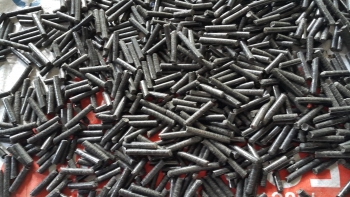
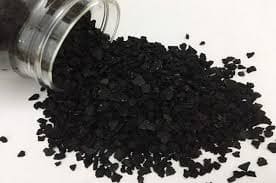
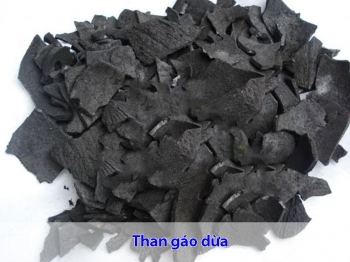
.jpeg)
